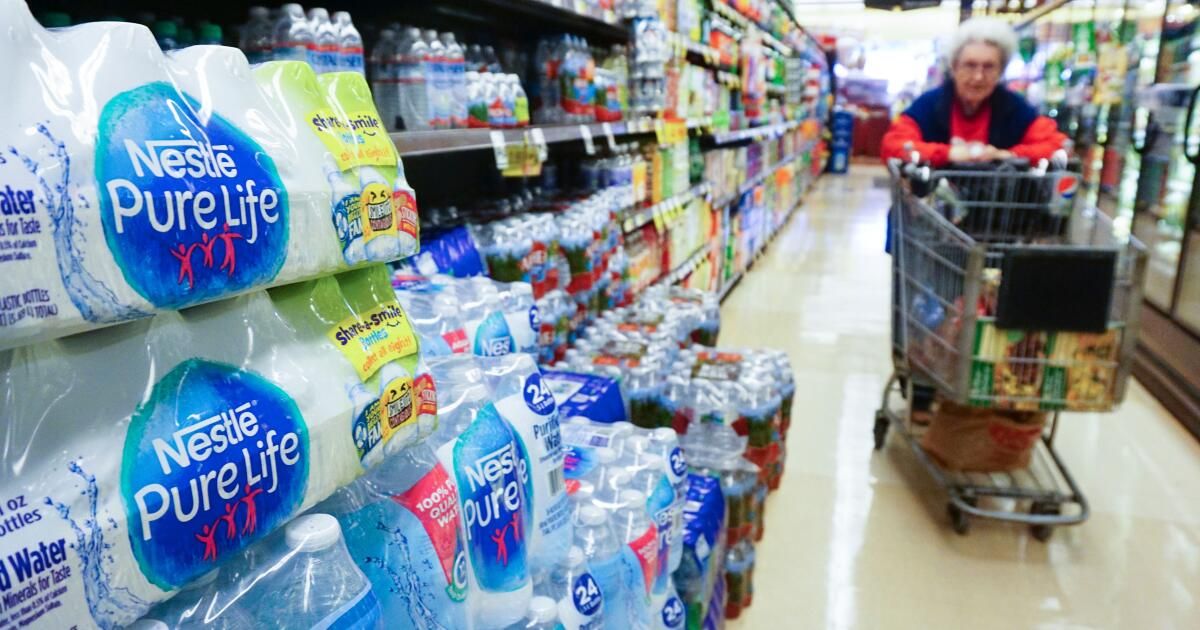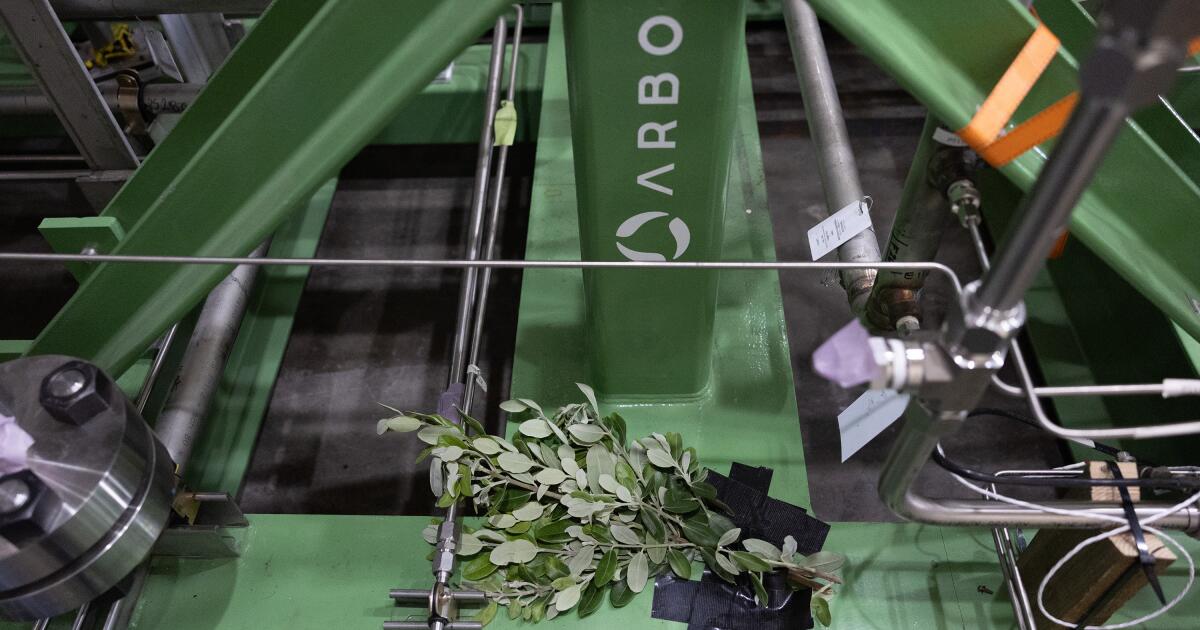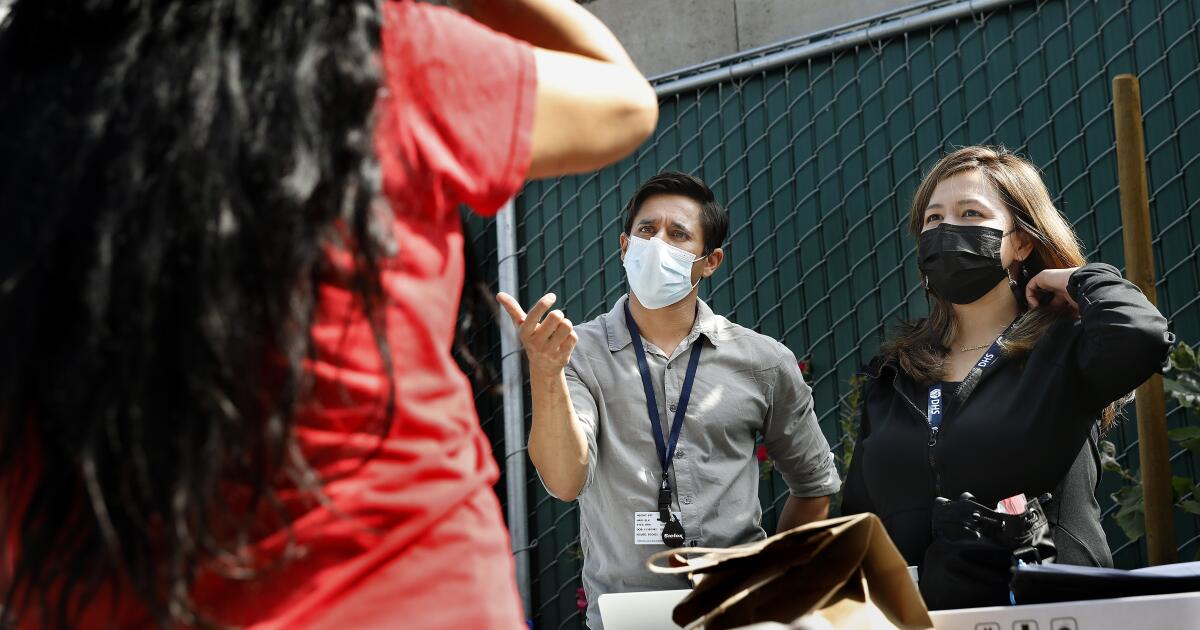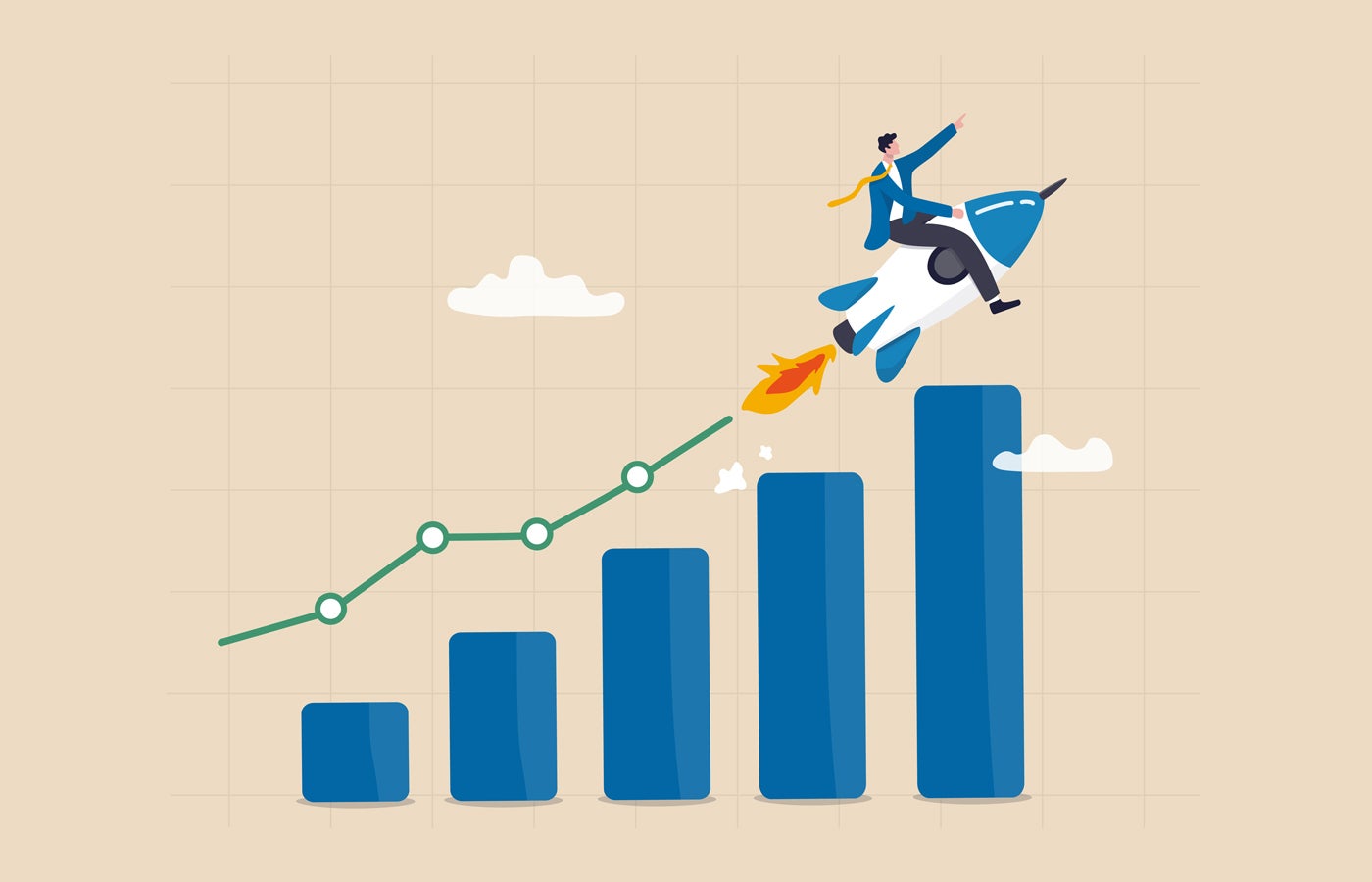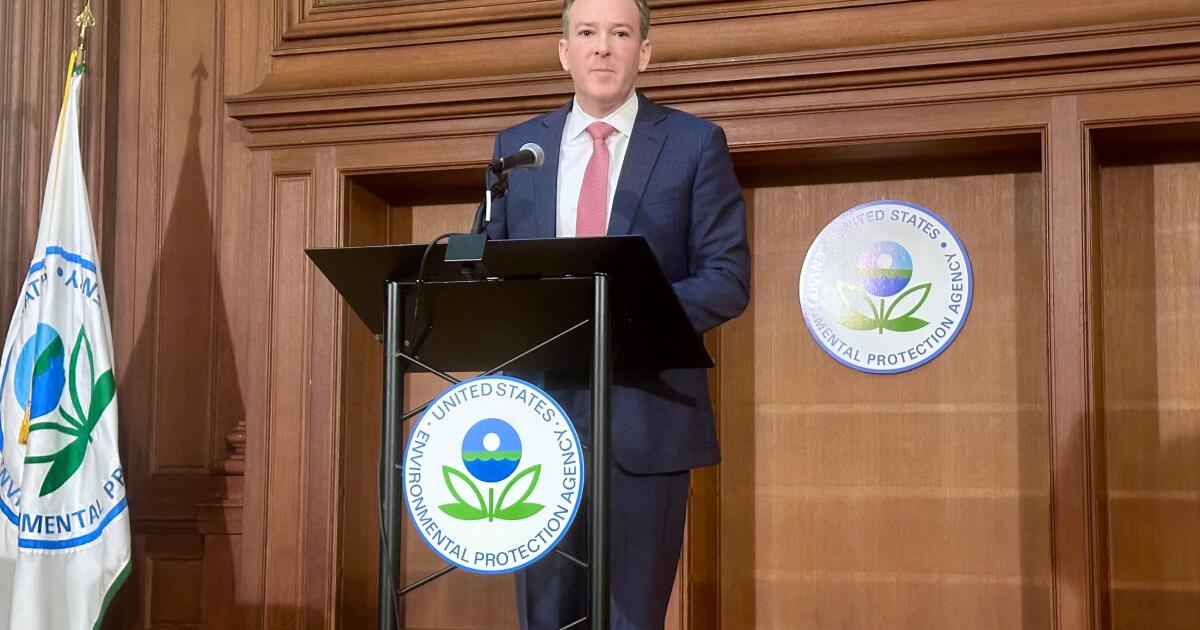Is anyone really surprised to learn that bottled drinking water is loaded with little pieces of plastic? After all, bottles are plastic. So are the caps. It is logical that microscopic pieces of the product enter the water inside during bottling or packaging, or while storing. A 2018 study found the same thing.
The shocking part of a recent study from Columbia University's Lamont-Doherty lab, published last week in the journal Proceedings of the National Academy of Sciences, is the revelation that bottled water is loaded with even smaller pieces of nanoplastics. and associated chemicals. Nanoplastics are potentially more dangerous than microplastic particles because they are so small that they can be absorbed by human cells.
Some of these supermicroscopic substances may not even come from the bottles, but from the nylon membranes used, ironically, to filter nanoplastics. Some particles could not be traced back to their source. Some are thought to have broken down from larger particles that were previously observable by scientists.
In the production of drinking water, according to the study, “plastic pollution is confirmed at every step, from the well to the bottle.” It has been observed in other tap water sources, as well as in raindrops and Antarctic ice. Studying the size and number of particles can help scientists determine sources of pollution.
The study examined three popular brands of bottled water, purchased from a “major retailer,” but did not reveal the names of the companies.
What we do know is that companies that sell water in standard-sized 16.9-ounce plastic bottles are marketing geniuses. Many of them source their liquid assets from the same streams and springs that feed municipal taps and then sell them back to consumers, meaning it's purer and safer than the same material that flows down the sink.
Some of the biggest sellers of bottled water are soft drink companies that have discovered that they can make money simply by selling the water without the sugar, flavor and fizz they used to add. Some source their water from deep wells or melting glaciers that existed before humanity, and then add dangerous microplastics when bottling it.
And all the while, they pump particles of other harmful pollutants into the air and sea by sending the water from remote and supposedly pristine places. All of them (or their plastic suppliers) use more water to make the bottles than they put inside them.
But we are not condemned to a life of swallowing plastic. We are under attack from particles and chemicals that we put into the environment and into our bodies by our own decisions. For most Californians, tap water is at least as pure as bottled water and certainly cheaper. It has even won national taste tests.
But some Californians only have access to water contaminated with so-called permanent chemicals, which are associated with a host of health problems, including cancer and infertility. They need help cleaning up their supplies or getting connected to better sources. And the rest of us have to make sure our own supplies aren't poisoned.
State regulators recently approved standards for cleaning and reusing wastewater, which are expected to produce drinking water that is, in many ways, purer than that found in plastic bottles. Nanoplastics have presumably been around for some time, but only recently have scientists figured out how to identify the particles.
It's a race against ourselves to maintain what may well be the best and purest municipal drinking water supply in the world. If we fall short, water in plastic bottles will not save us.

